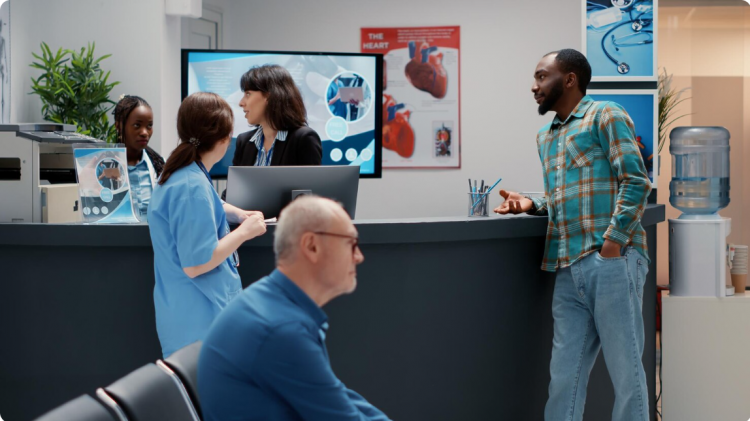Hospitals function like finely tuned machines—every department plays its part in a larger ecosystem of care. Amid this orchestration, hospital CCTV systems quietly support coordination, smooth operations, and patient care—often without being noticed.
1. Facilitating Rapid Incident Coordination
In emergency scenarios—whether a code blue, fire alarm, or sudden patient crisis—seconds can make all the difference. Security staff monitoring multiple feeds can quickly direct emergency teams to the right location, ensuring a seamless response. The ability to dispatch precisely where help is needed can save critical time and resources.
2. Streamlining Back-of-House Movements
Areas like supply rooms, loading docks, and corridors behind the scenes are often bustling with staff, trolleys, and equipment. Well-positioned cameras help security and logistics teams track activity, prevent congestion, and manage traffic flow for smoother internal operations. It’s not just about safety—it’s operational efficiency in action.
3. Coordinating Service Delivery
Routine services—catering delivery, linen collection, waste disposal—demand both access and sensitivity in patient areas. CCTV offers discreet oversight, helping coordinate timings to avoid conflict with patient care moments or privacy requirements. Precise visibility ensures these tasks happen with minimal disruption to therapy or recovery.
4. Enhancing Visitor Management
Hospitals welcome hundreds of visitors daily. Cameras at entrances, reception, and elevators not only support secure access but also smooth transitions—from guiding a family to wards to ensuring that visitor flows don’t interfere with clinical traffic. They help maintain a calm environment, essential for both wellbeing and order.
5. Enabling Smarter Maintenance and Facility Management
Leaks, spills, equipment faults—all pose immediate risks. A quick glance at relevant video feeds lets facilities staff pinpoint issues swiftly. Being able to preview situations remotely means staff can arrive equipped and prepared, with reduced downtime and less disturbance to patient care areas.
6. Training and Staff Development
Supervised review of CCTV footage provides a powerful learning tool—without compromising privacy. Clinical audits, emergency drills, or workflow improvements benefit from real-world footage that’s anonymized and used for training in communication, response time, and coordination efficiency.
Summary
In the complex corridors of healthcare, hospital CCTV systems do more than just monitor—they enable coordination, improve operational flow, and enhance service delivery. Cameras become silent partners, ensuring that every logistical element supports patient care seamlessly.







